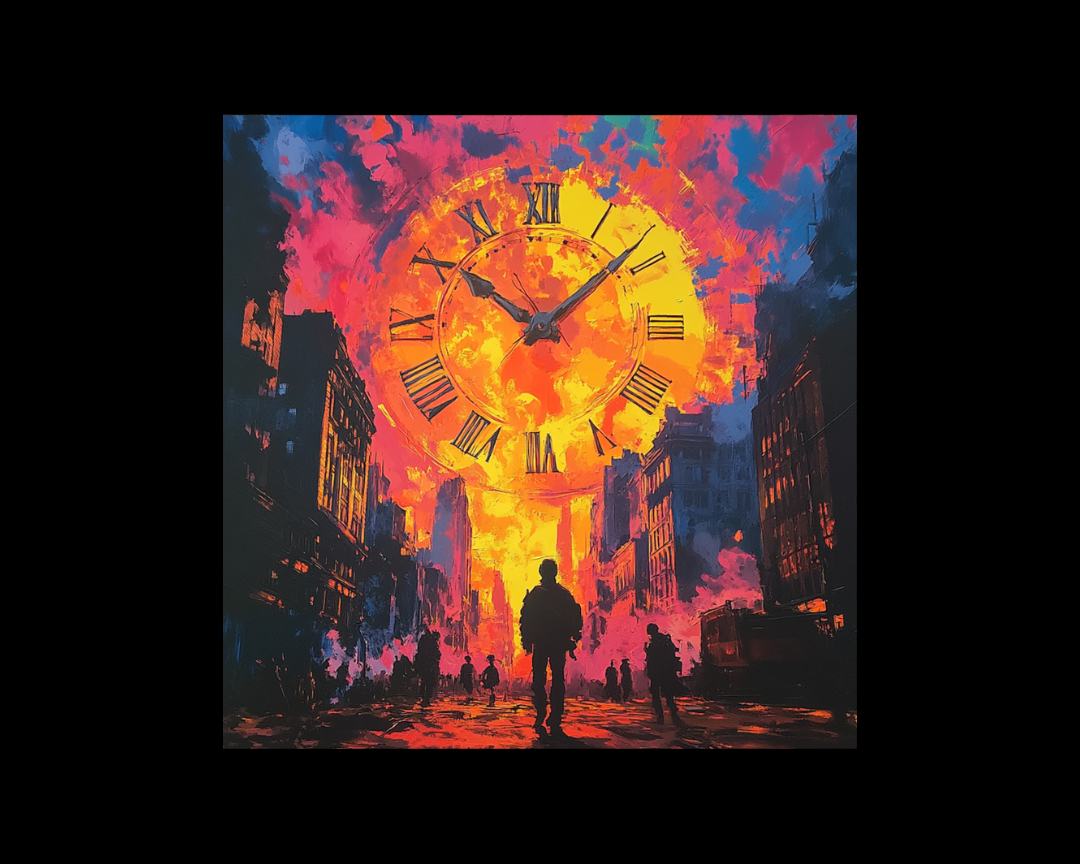Unwanted Exits and Narrative Shifts: Crafting Compelling Fiction
In fiction writing, the art of keeping readers engaged is a delicate dance. Unwanted exits and narrative shifts are pivotal in shaping the reader's...

When writing crime fiction, one of the questions that often arises is how much accuracy readers expect. Should writers spend endless hours researching every police rank, forensic procedure, or criminal psychology technique to ensure perfect authenticity?
While realism is important, strict accuracy can sometimes hinder creativity and storytelling. Let’s explore how crime fiction writers can balance accuracy with narrative flow and compelling characters.
Even with meticulous research, writers are bound to make mistakes. While accuracy is important, it’s unrealistic to expect perfection. Readers are generally willing to forgive small errors unless they significantly disrupt the believability of the story.
Example: Clare Mackintosh consulted a Boeing 747 pilot for her thriller Hostage, but admits that she wouldn’t be capable of landing a plane. Her comfort lay in knowing that the overlap between readers and expert pilots would be minimal—and even smaller for those who would be critical of minor inaccuracies.
The lesson? Don’t let fear of errors paralyze your writing. Accept that some inaccuracies might slip through, and trust your story to carry the reader forward.
In real police work, dozens of people may collaborate on solving a case, each performing tasks based on rank and availability. However, presenting such a large team accurately in a novel could overwhelm readers.
Readers prefer to focus on a small group of central characters, particularly hero detectives. Major breakthroughs in the story should come from these protagonists to maintain engagement and emotional investment. For example, in real life, a random officer might find a crucial clue, but in fiction, that clue should be discovered by your lead character.
Tip: Create the impression of a broader team through brief mentions or dialogue, but reserve major plot points for your primary characters.
In real life, detectives manage multiple cases at once. However, juggling unrelated cases in a novel can confuse readers and dilute the story's tension. Instead, focus on a single primary investigation while hinting at other cases to maintain realism.
This approach keeps the narrative tight and ensures readers remain immersed in the protagonist's journey without unnecessary distractions.
Modern policing involves extensive desk work, including reviewing CCTV footage, analyzing data, and managing paperwork. However, scenes of detectives sitting at desks for hours aren’t exactly riveting for readers.
Tip: Show characters in motion. Instead of resolving a plot point through a text or email exchange, have your protagonist visit a witness in person. This not only provides opportunities for character interaction but also creates new plot possibilities.
Readers crave human-driven stories, even if it means bending reality for dramatic effect.
Police forces operate in a hierarchical structure, with frontline officers handling much of the investigative work. However, crime fiction often elevates higher-ranking officers to protagonist roles. This is because readers are drawn to authority figures who can bypass bureaucracy and take decisive action.
While it may not be entirely accurate to have a Detective Chief Inspector handling routine tasks, it serves the narrative by giving your character greater autonomy and flexibility.
Tip: Embrace the trope of senior officers as protagonists, but provide moments where teamwork and hierarchy are subtly acknowledged.
In real investigations, forensic results can take weeks or even months to process. However, such delays would derail the pacing of a crime novel, especially during high-tension moments.
Example: Clare Mackintosh's character DC Ffion Morgan procures same-day forensic results by bribing a CSI with cookies—an amusing and effective plot device that prioritizes story over strict realism.
Readers expect investigations to move faster in fiction than in real life. Accelerate timelines as needed to maintain suspense and momentum.
While true crimes can inspire fiction, they often lack the drama and complexity readers expect. Real crimes may be solved too quickly or involve criminal errors too absurd to be believable on the page.
Example: Mackintosh recalls a serial burglar who dropped his bail sheet at the crime scene. While this incident might amuse readers, it lacks the sophistication needed for a compelling antagonist in crime fiction.
Instead of adhering rigidly to real-life cases, use them as inspiration and craft more layered, suspenseful narratives.
Writers often fall into the trap of overloading their novels with research. However, excessive detail—such as the exact chemical composition of CS spray—can bog down the story.
Tip: Focus on the sensory and emotional experience of your characters. How does the protagonist feel holding a baton? How does the antagonist react to the gas in their eyes? These details keep readers engaged without overwhelming them with technical information.
Research should inform your writing, not dominate it. Use it to enhance authenticity but always prioritize story and character development.
Ultimately, crime fiction should strive for authenticity rather than absolute accuracy. Writers need not worry about whether something is probable—only whether it is possible. If it’s plausible within your story’s world, readers will follow along.
To achieve authenticity:
By blending research with storytelling, you can create crime fiction that captivates readers without being constrained by real-world procedures.
Accuracy is important in crime fiction, but it should never come at the expense of a compelling story. As a crime writer, your goal is to create a believable world that engages readers, not to write a police training manual. Allow yourself the creative freedom to bend the truth when necessary. After all, the most memorable crime novels are those that balance authenticity with suspense, character depth, and high-stakes drama.

In fiction writing, the art of keeping readers engaged is a delicate dance. Unwanted exits and narrative shifts are pivotal in shaping the reader's...

Remember when video games were just pixelated characters bouncing across screens? Those days are long gone. Today's games feature complex narratives,...

Choosing the right narrative tense is one of the first—and most important—decisions a novelist makes. While present tense has grown in popularity,...